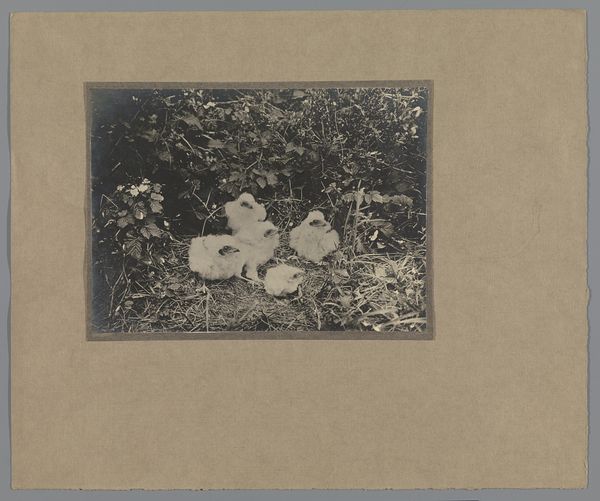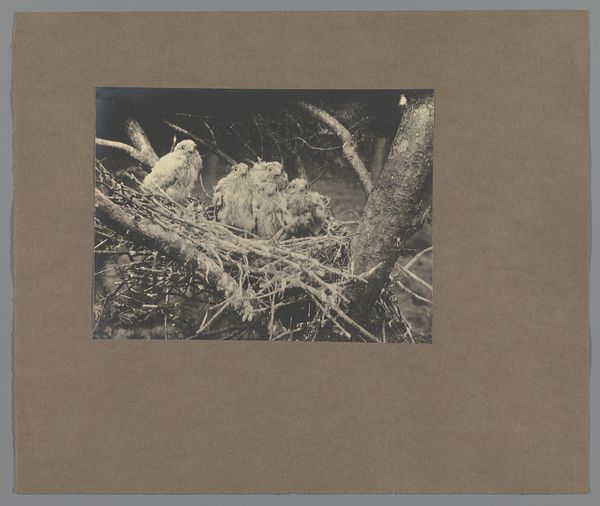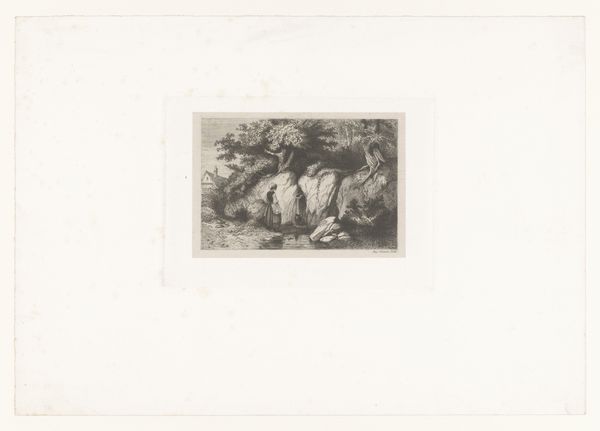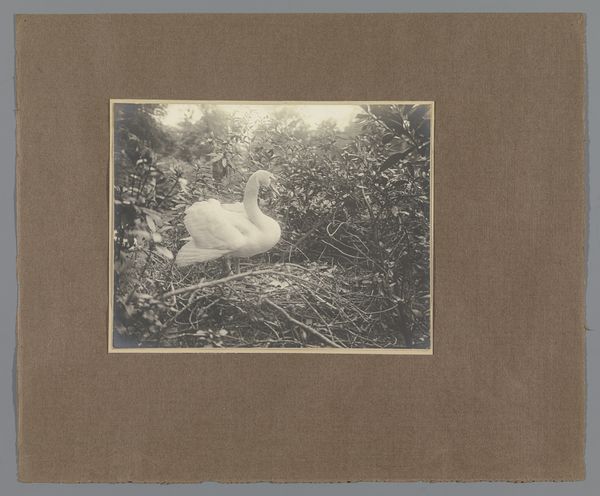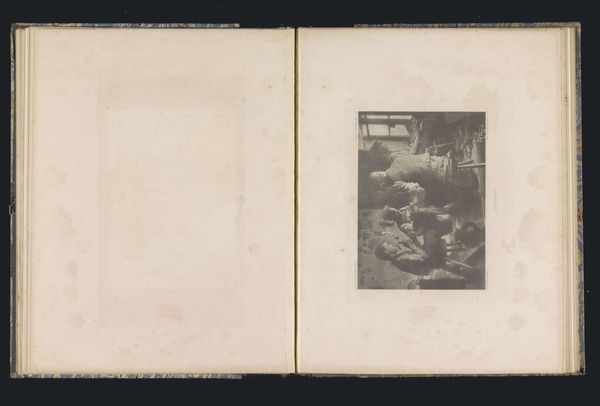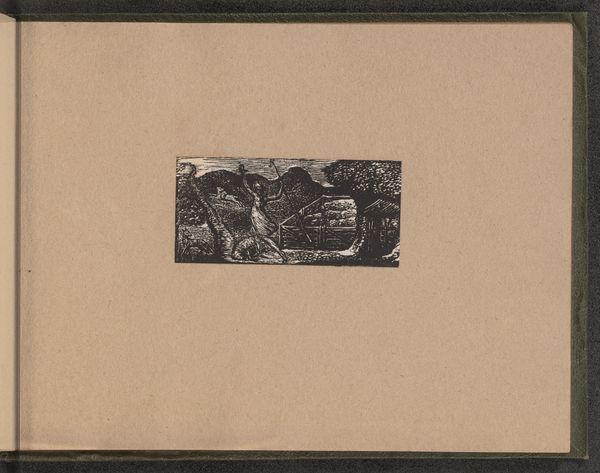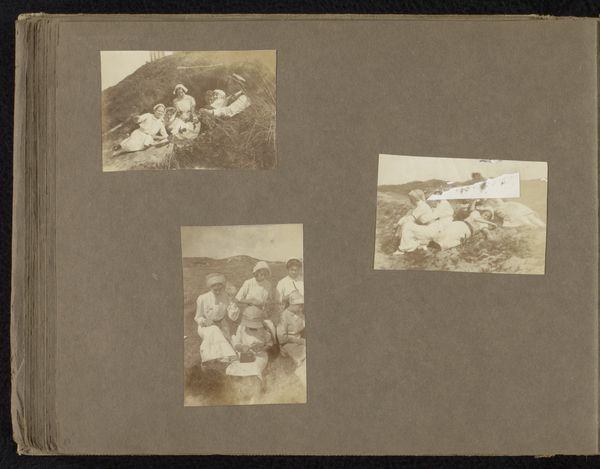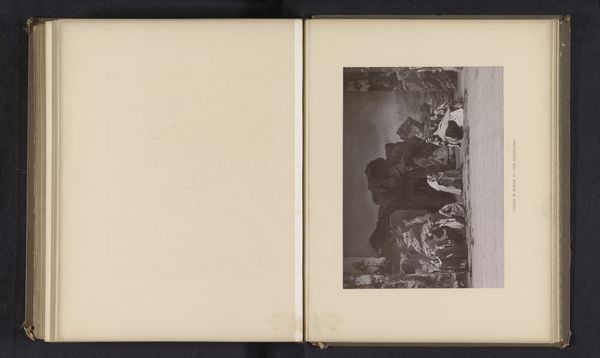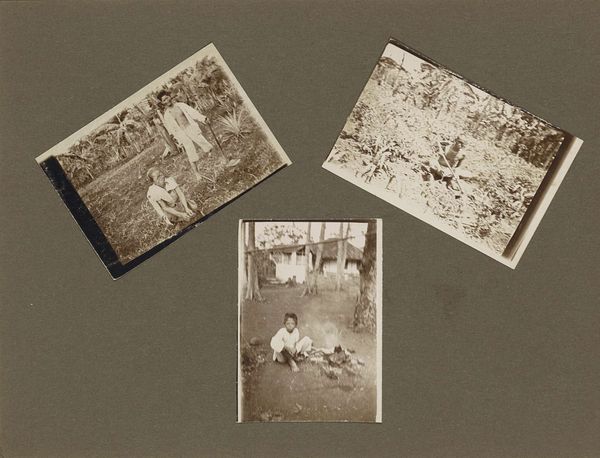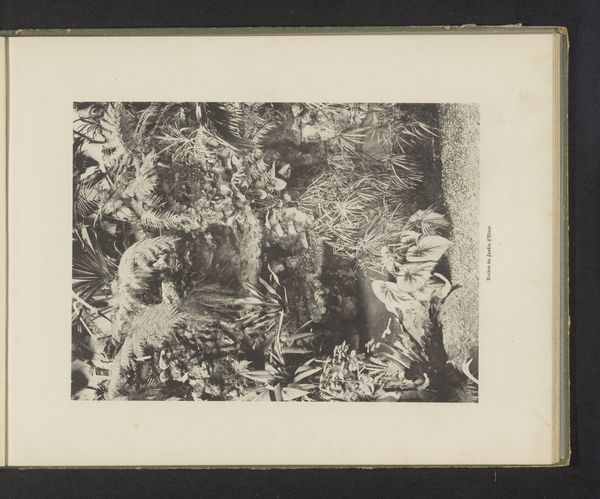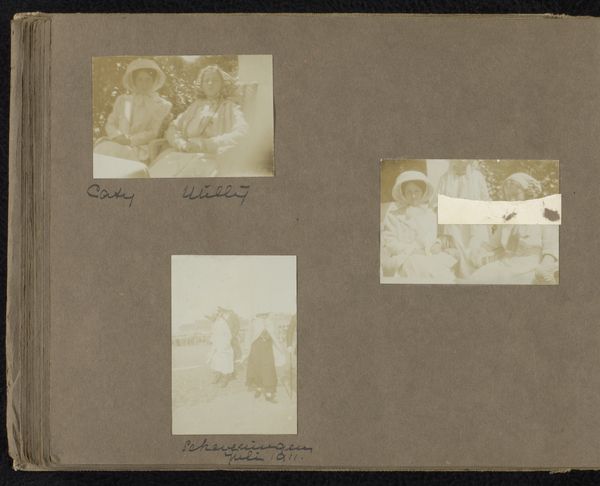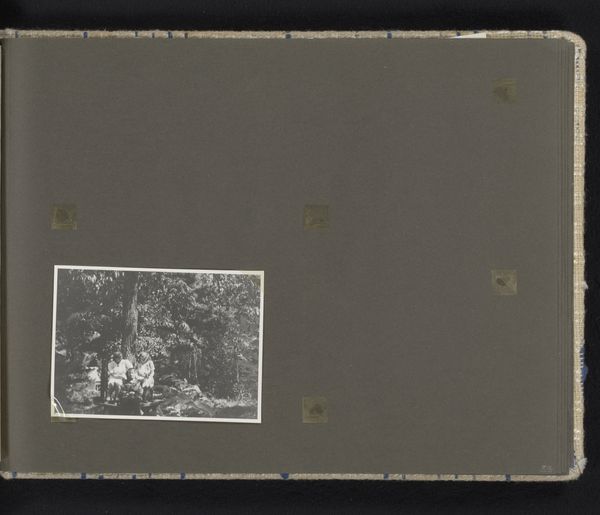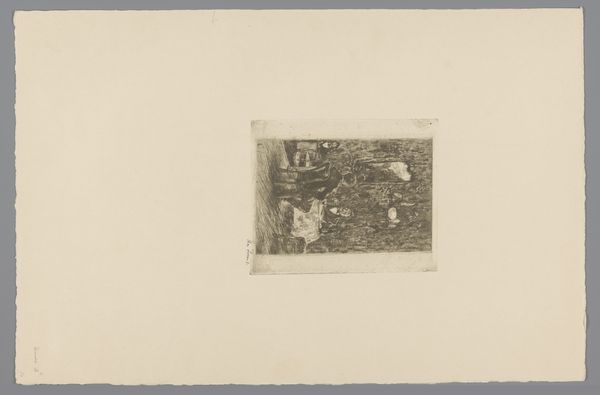
print, photography, gelatin-silver-print
#
still-life-photography
# print
#
photography
#
gelatin-silver-print
#
naturalism
Dimensions: height 163 mm, width 225 mm, height 169 mm, width 232 mm, height 324 mm, width 389 mm
Copyright: Rijks Museum: Open Domain
Editor: So, here we have Richard Tepe's photograph, "Young Marsh Harriers on the Nest," sometime between 1900 and 1930. It’s a gelatin silver print. The texture feels…vulnerable somehow, focusing on these downy chicks. What strikes you when you look at this image? Curator: Vulnerable is a good word. The nest itself, constructed from simple grasses, becomes a potent symbol. Consider nests in cultural memory – places of origin, safety, but also fragility, aren't they? These chicks, framed by sharp blades, evoke a primal awareness. Do you notice the slight differences in each chick's posture and gaze? Editor: Yes, some seem bolder, staring right at the camera, while others huddle together, almost hiding. It's interesting how their personalities seem to come through, even at that age. Curator: Exactly. Think about the cultural implications of birds in general—messengers, symbols of freedom, or even omens. And then consider these birds specifically. Marsh harriers are predators. Is there a dissonance between our perception of their predatory nature and this image of them as utterly dependent fledglings? Editor: I never thought of that. We see them here so helpless, it's easy to forget their place in the food chain. It makes you think about the circle of life, that vulnerability is just a phase. Curator: Precisely. Tepe's composition reminds us that nature contains multitudes—innocence and potential dominance, all intertwined within the confines of this delicate space. Does seeing this symbolism change your initial reaction to the work? Editor: Definitely. I was initially drawn to the cuteness of the chicks. But understanding the deeper cultural meaning gives the image more layers. It’s no longer just a sweet scene but a portrait of precariousness and potential. Curator: And that's where the power of symbols lies. They shift and deepen our understanding of what we see before us, resonating with our shared human experiences.
Comments
No comments
Be the first to comment and join the conversation on the ultimate creative platform.
